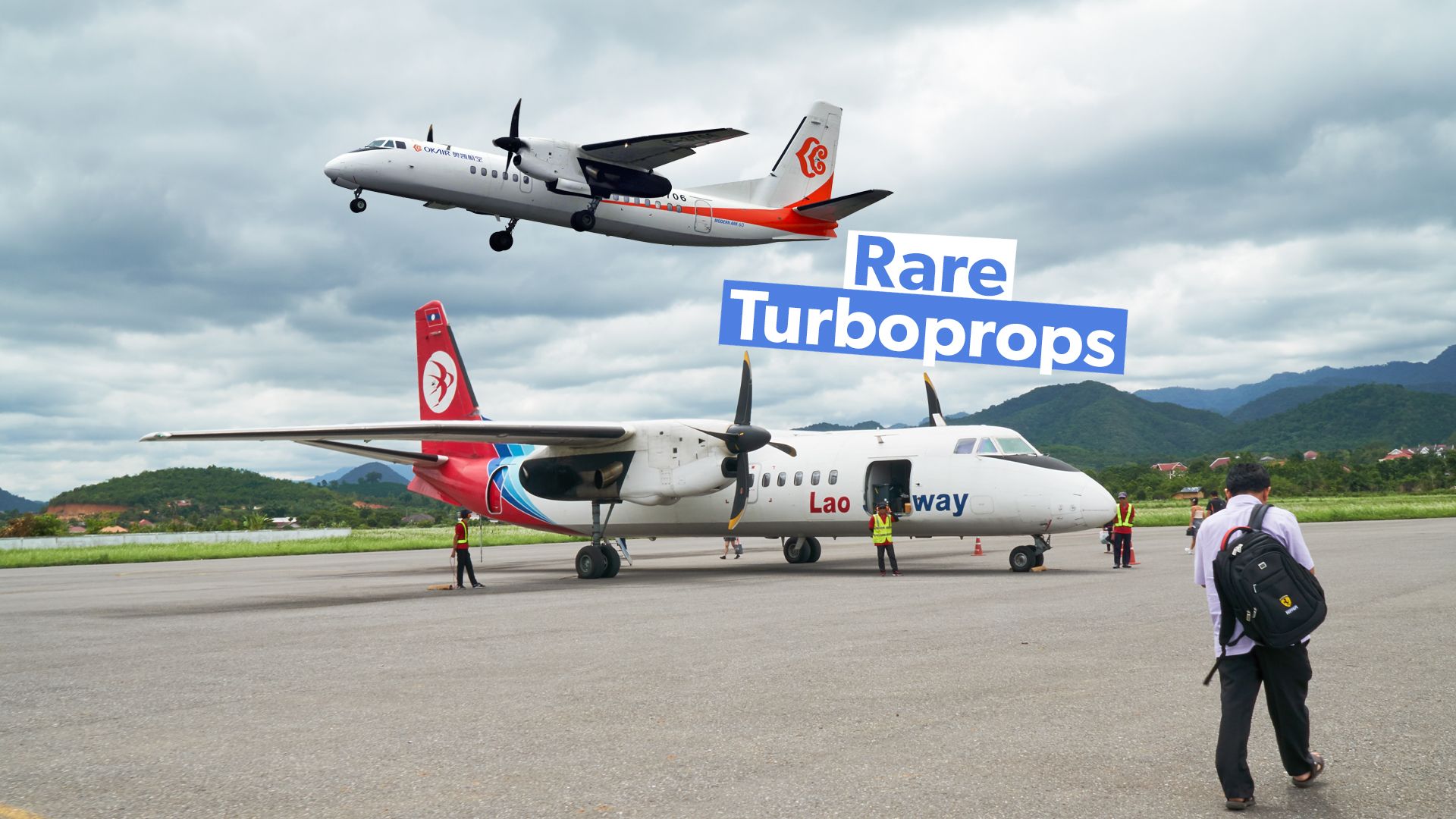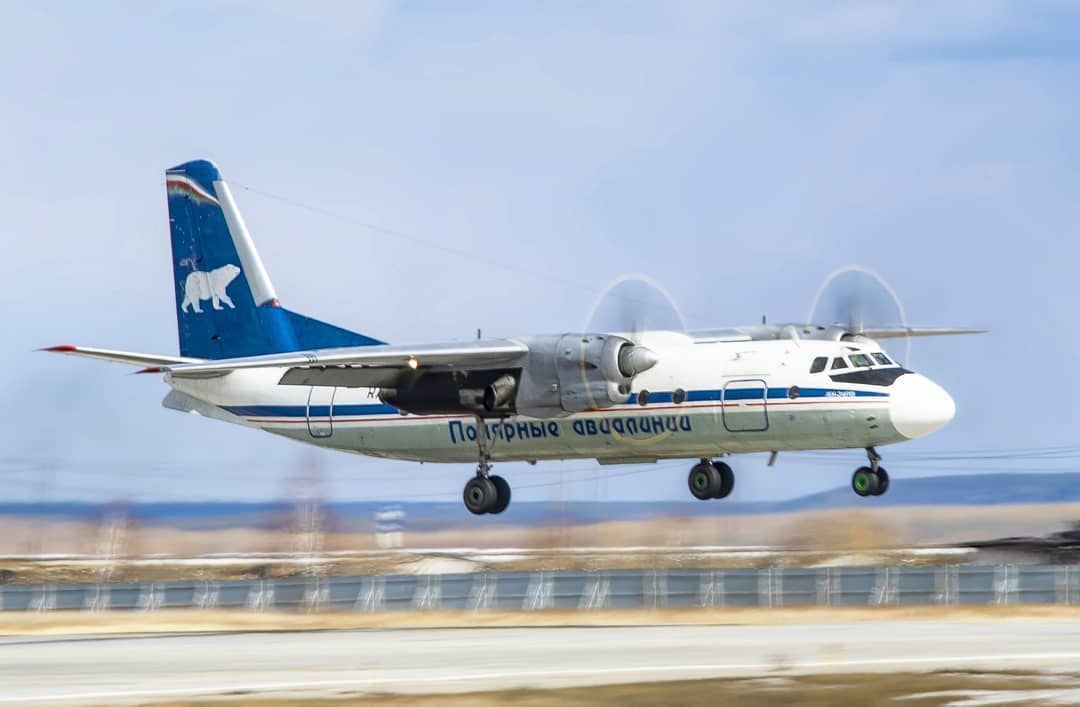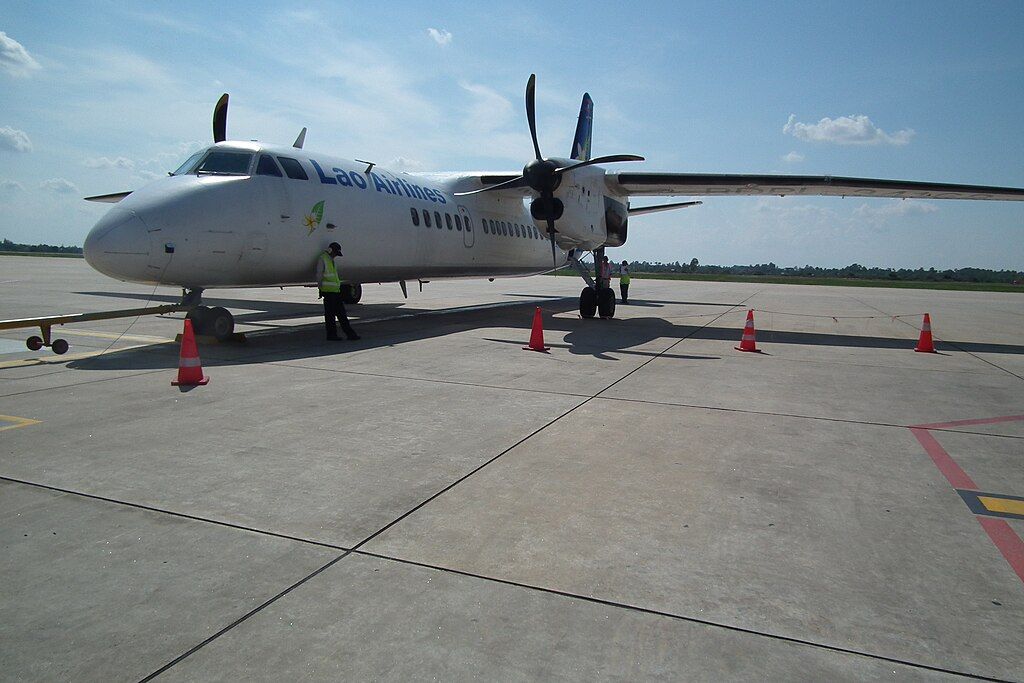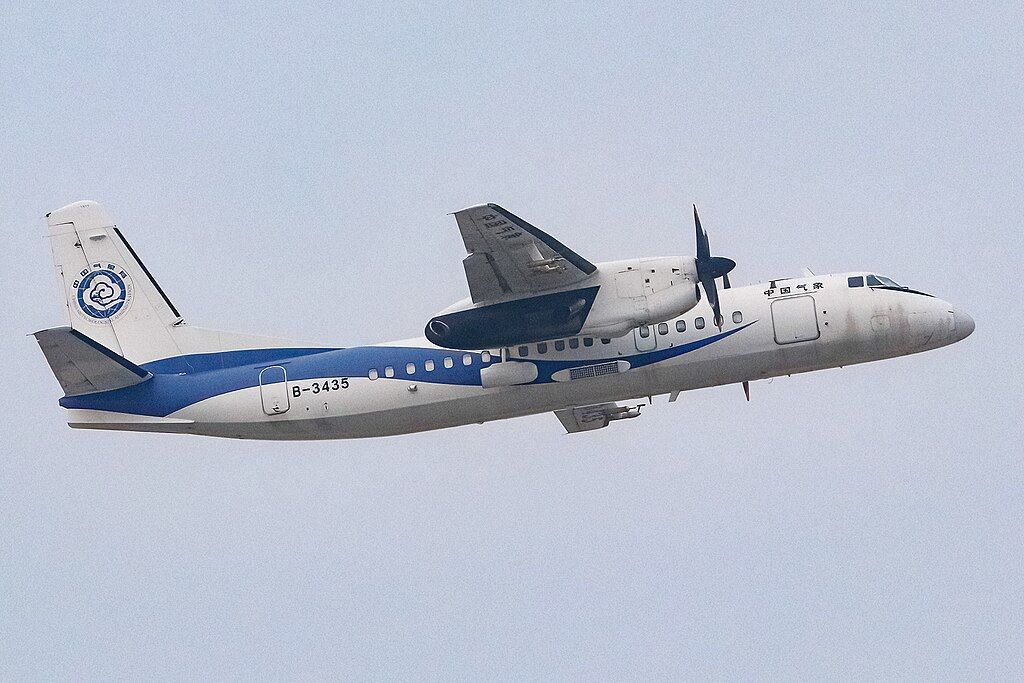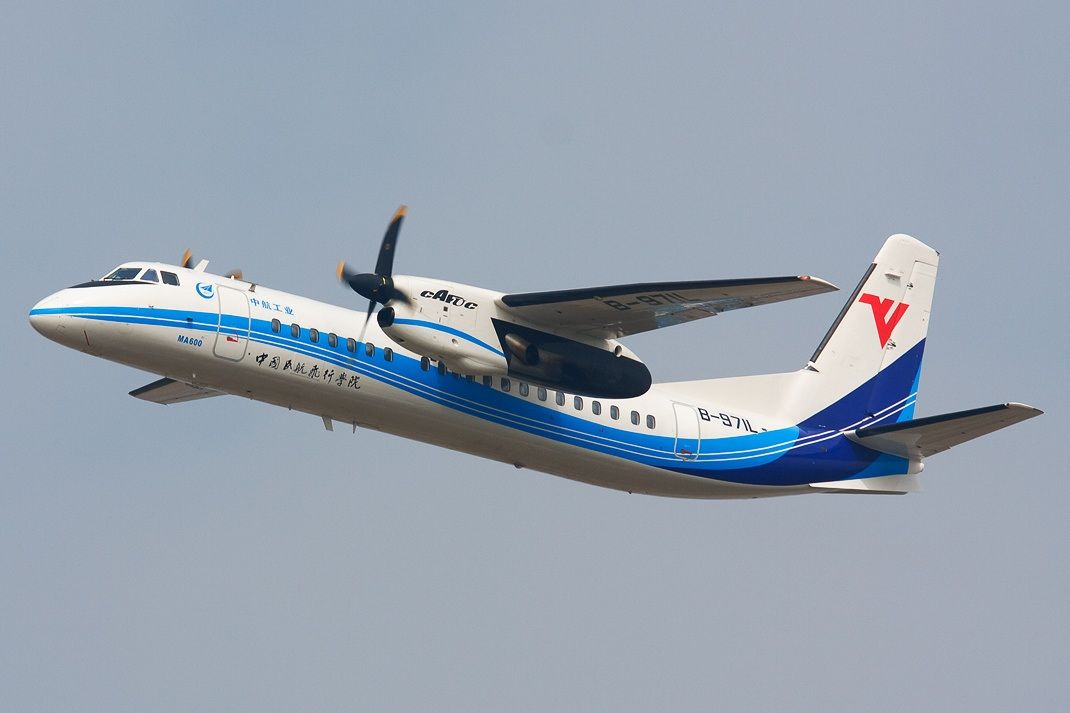The Xi’an MA60 and its newer sibling, the MA600, are two rare twin-turboprop airliners manufactured in China. These aircraft have garnered attention for their unique position in the aviation market, specifically aimed at regional and emerging markets. Despite their limited international exposure compared to major Western competitors, the MA60 and MA600 play a crucial role in various regions. Here are five fast facts about these aircraft that set them apart in the world of aviation.
1
The MA60 and MA600 are produced by AVIC
The Aviation Industry Corporation of China (AVIC) is a Chinese state-owned aerospace and defense conglomerate
The Xi’an MA60 and MA600 are products of AVIC (Aviation Industry Corporation of China), a massive state-owned aerospace and defense conglomerate. AVIC plays a major role in China’s aviation ambitions, producing not only commercial aircraft but also military and defense equipment.
AVIC’s creation of regional aircraft like the MA60 and MA600 represents China’s efforts to expand its footprint in the global aviation industry by offering cost-effective, domestically produced alternatives to Western and Russian turboprops, per Fly Modern Ark.

AVIC has been the backbone of China’s growing aerospace industry, not only producing airliners but also contributing significantly to aircraft technology development and defense projects. Here’s what you need to know about AVIC:
- Founded: 1951
- Headquarters: Beijing, China
- Core Focus: Aerospace, defense, and commercial aviation
- Global Reach: AVIC has operations in over 30 countries
- Subsidiaries: AVIC encompasses numerous subsidiaries, including Xi’an Aircraft Industrial Corporation (the manufacturer of the MA60 and MA600)
2
The turboprops are stretched variations of the Antonov An-24
And can accommodate 48 to 56 passengers
According to Aviation Week, the Xi’an MA60 and MA600 turboprops are stretched variations of Xi’an Y7-200A, which is a stretched variation of the Soviet-designed Antonov An-24. Although the Antonov An-24 first flew in the 1960s, its basic design has served as the foundation for many regional airliners across the globe, including China’s MA60 and MA600.
Photo: Evgeny Ushakov | Polar Airlines
Both aircraft have inherited the An-24’s robust structure and high-wing configuration, which provides excellent stability for short regional flights and operations from rough or unpaved runways. By building on the An-24’s framework, Xi’an Aircraft Industrial Corporation, a subsidiary of AVIC, was able to create aircraft that are more suited to the needs of developing aviation markets while integrating newer technology and performance improvements.
As stretched variants, the MA60 and MA600 offer greater range and improved performance, making them more versatile for various regional routes. Despite these enhancements, the aircraft maintain the ruggedness and simplicity that characterized the An-24, ensuring they are economical to operate and maintain, particularly in rugged or remote areas where jet engines might be less efficient or practical.
.jpg)
Related
Based On The Antonov An-24: A Guide To The Xian Y-7 Turboprop
Most of the Xian Y-7s built went to the Chinese People’s Liberation Army Air Force.
These aircraft are primarily used by regional carriers and government agencies looking for affordable and versatile planes that can operate on short, often underdeveloped runways. Below are the key characteristics of both models:
|
Key Characteristics |
MA60 |
MA600 |
|
Range |
860 nautical miles (990 miles / 1,600 km) |
772 nautical miles (889 miles / 1,430 km) |
|
Maximum Speed |
318 mph (514 km/h) |
318 mph (514 km/h) |
|
Passenger Capacity |
48 – 56 passengers |
48 – 56 passengers |
3
The MA60 was introduced in 2000
With Sichuan Airlines as its launch customer
The MA60 made its debut in the commercial aviation sector in 2000, with Sichuan Airlines as its first operator. The aircraft was developed to compete with popular turboprops such as the ATR 42 and the Bombardier Dash 8 in the regional aviation market and is powered by two Pratt & Whitney Canada PW127J engines, per Aviation Week.
While its introduction was met with some skepticism due to its Chinese origins, the MA60 gradually carved out a niche for itself, particularly in developing countries looking for affordable regional airliners. The MA60 has also been operated by:
- Lao Airlines
- Nepal Airlines
- Myanmar National Airlines
- Merpati Nusantara Airlines (defunct)
4
The MA600 was introduced in 2010
A new and improved variant of the MA60
In 2010, AVIC introduced the MA600 as a modernized version of the MA60. While it has a slightly shorter range and an overall design similar to its predecessor, the newer variant offers several improvements in terms of avionics, fuel efficiency, and overall reliability, per Shenyang Aerospace University.
The MA600 was designed to address some of the criticisms leveled at the MA60, making it a more attractive option for airlines looking for a dependable regional aircraft at a low cost. Key improvements to the MA600 over the MA60 include:
- Upgraded avionics: Enhanced cockpit systems for better flight management
- Improved fuel efficiency: Slightly lower fuel consumption rates compared to the MA60
- Refined cabin design: Better passenger comfort with a more modern interior
- Reduced maintenance costs: Simplified maintenance procedures for lower operating expenses
5
The MA60 and MA600 are operated in diverse markets
Their demand stretches far and wide
Despite being a relatively niche aircraft, the MA60 and MA600 have found homes in some diverse and far-reaching markets. Not only is it flown by airlines across Asia, Africa, and Latin America, but it has also seen interest from government and military operators for utility and VIP transport roles. One notable example of the MA600’s growing market presence is its delivery to the Malawian government in 2022, further solidifying its role in regional aviation outside China, as reported by Defense Mirror.
The MA60 and MA600’s market includes:
- Asian Airlines: Many smaller carriers in Asia, especially in countries like Laos and Cambodia, have opted for the MA600.
- African Carriers: Airlines and governments in Africa, such as Malawi, have embraced the aircraft for regional routes.
- Latin American Operators: Similar to the MA60, the MA600 has found a presence in the regional aviation market in South America.
- Government and Military Use: The MA600 has also been adapted for cargo and VIP transport by various governments.
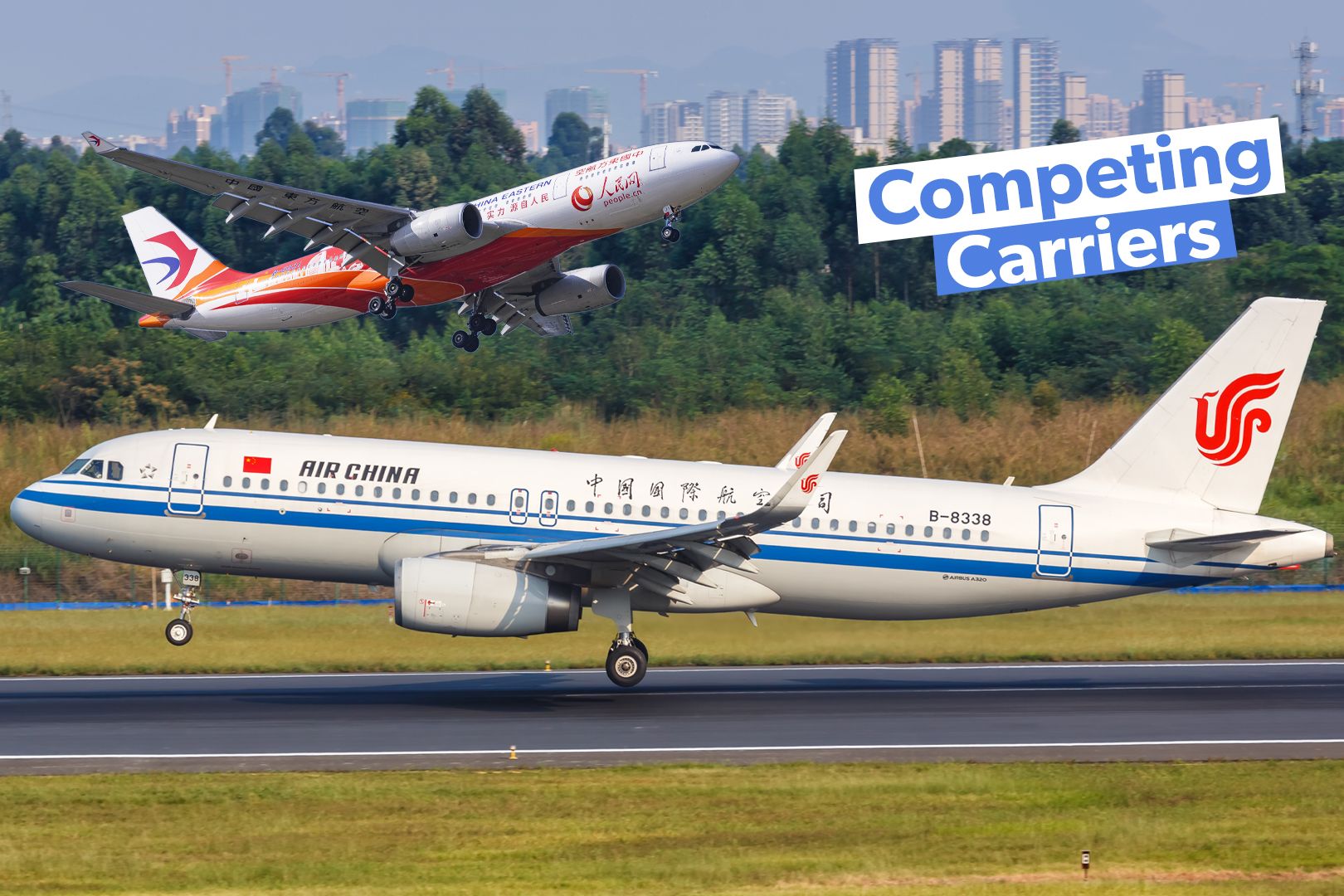
Related
How Do China’s State-Owned Airlines Compete With Each Other In The Face Of Heavily Regulated Ticketing?
China’s state-owned airlines are unique in many different ways.
The Xi’an MA60 and MA600 may not be household names in the global aviation industry, but these Chinese-made twin-turboprop airliners have built a reputation in specific markets. With AVIC’s backing, both aircraft serve as affordable, reliable options for regional carriers, particularly in developing nations. Whether for commercial, government, or military use, the MA60 and MA600 continue to demonstrate China’s growing influence in aviation manufacturing.

